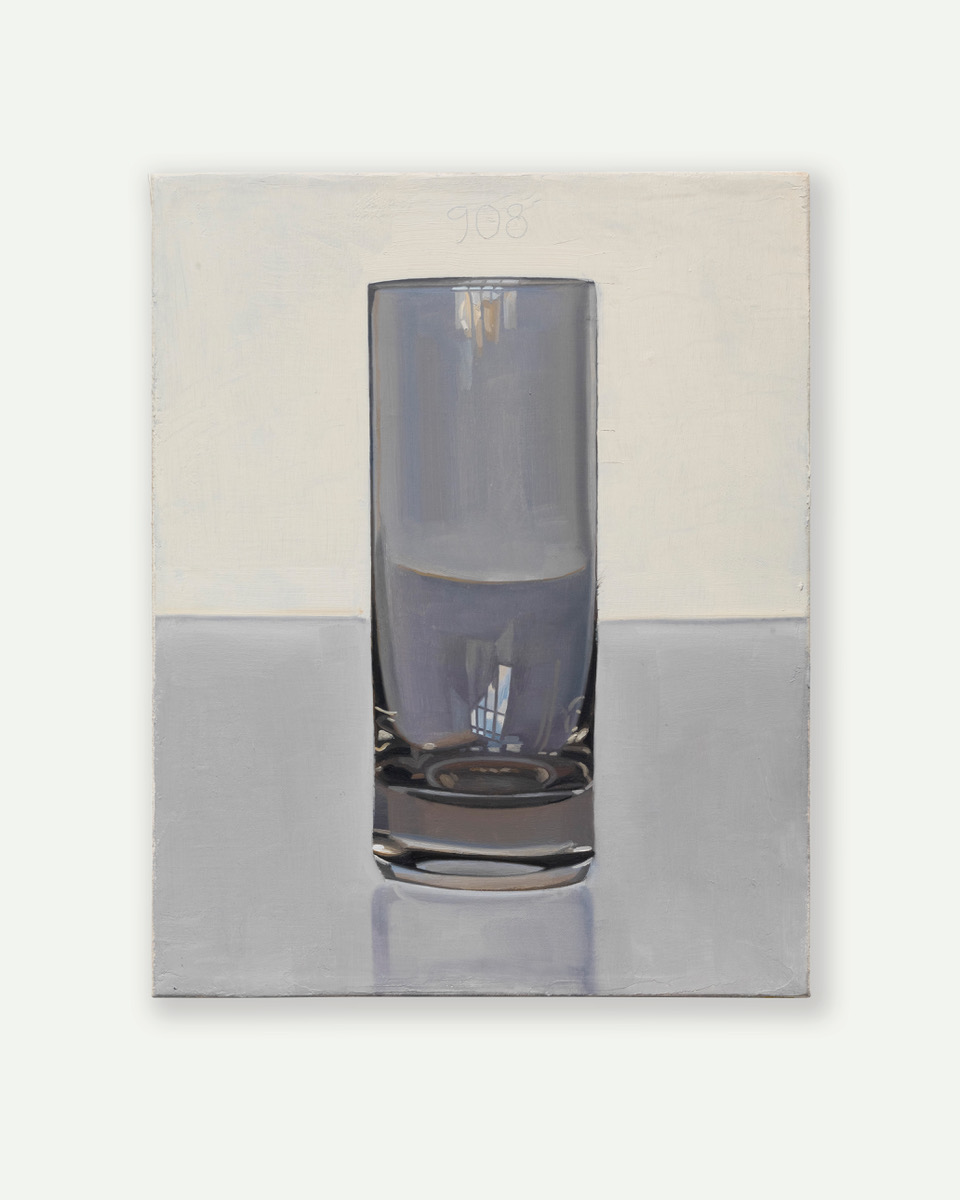Mutina for Art present 100 Days, an exhibition dedicated to the late German artist Peter Dreher (Mannheim 1932 – 2020), specifically conceived for the space of Casa Mutina Milano.
Curated by Sarah Cosulich, the exhibition sparks an unforeseen dialogue between the ceramic surfaces by Mutina and a collection of 100 canvases by the artist, drawn from the series Day by Day, Good Day and presented as a unified, expansive installation.
From 1974 to 2019 Peter Dreher has painted the same empty glass daily, portraying it from the same distance and using canvases of identical dimensions. In over 45 years, the artist amassed a remarkable series comprising almost 5.000 paintings. With his decision to continuously depict the same subject, Dreher has challenged the very essence of painting, pushing the boundaries that separate subjectivity from distance, illusion from abstraction, and gaze from perception.
Arranged sequentially throughout five interconnecting rooms, the works highlights Dreher’s unwavering commitment to detail and his extraordinary sensitivity to the ever-changing play of light from day to night. Despite their subtle hues, each glass of the series Day by Day, Good Day distinctly captures the shifts and reflections of their surrounding reality.
The rhythmic cadence of the paintings in the exhibition serves as both a personal and universal journal, inviting a reflection on the infinite possibilities of the gaze. Dreher works in harmony with Zen Buddhism’s emphasis on mindfulness and exploration of the ordinary to reveal profound truths. His repetitive act of capturing the changing light and its nuanced variations in each painting aligns with Zen’s core concept of experiencing the present moment and seeking enlightenment through direct observation and meditation.
With their muted colours and articulated patterns, the ceramic walls that serve as background contribute to accentuate the atmosphere, the temporality and spatial illusion surrounding the canvases. The focus on the treatment of the surface, in painting as in ceramics, contributes to increase the tension between the three- dimensional nature of the subject and the environment in which it exists.





Comments are off this post!